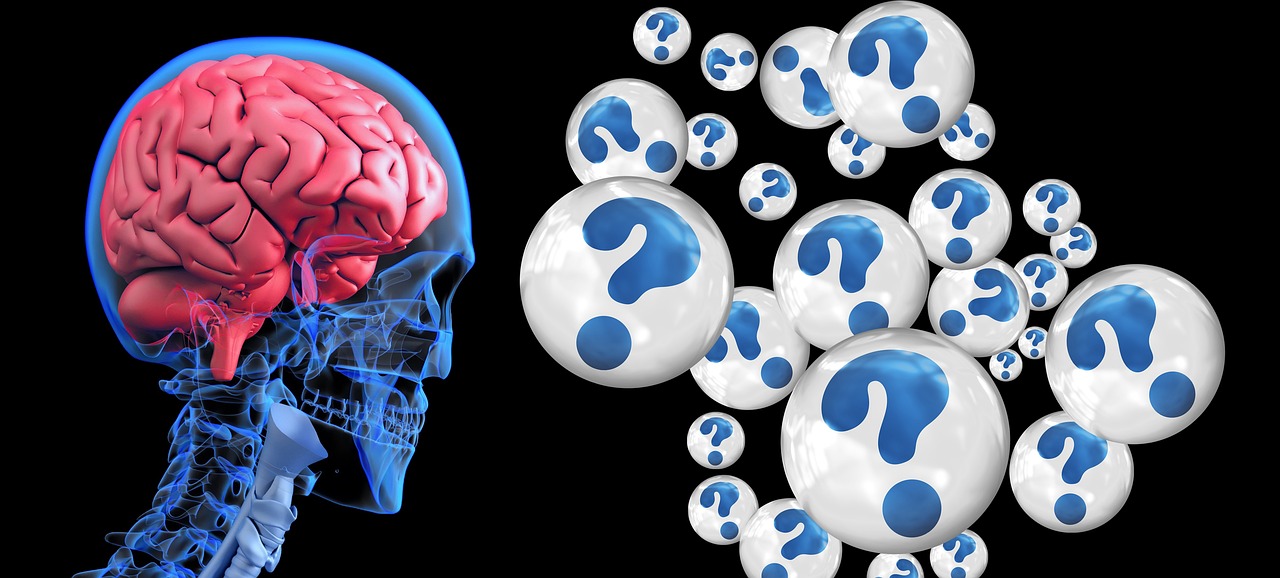(Last updated October 20, 2025)

Daniel Goleman’s classic article “What Makes a Leader?” could just as easily be titled “What Makes a Parent?”, “What Makes a Coach?”, or “What Makes a Teammate?”
We all play different roles in life, and each one calls for a different response when things get tense, emotional, or unpredictable.
The people who handle those moments best — the ones who stay composed, connect with others, and bring out the best in those around them — almost always share one thing in common: a high level of emotional intelligence.
Key Takeaways
- Emotional intelligence is a practical skill, not a personality trait. It’s built through small, daily habits like naming emotions, pausing before reacting, and reading nonverbal cues. Over time, these actions improve self-awareness and control, helping leaders handle tense moments with clarity.
- Leadership frameworks depend on emotional awareness. Concepts like The Leadership Challenge or Strengths-Based Leadership only work when leaders understand the emotional dynamics behind behavior. EQ allows them to apply these frameworks effectively and connect with their teams authentically.
- High EQ leaders create trust that drives performance. Teams follow leaders who listen, regulate their emotions, and respond thoughtfully under pressure. Emotional intelligence strengthens relationships, communication, and motivation across every level of an organization.
Beyond Titles and Skills
Emotional intelligence, or EQ, isn’t about being nice or soft. It’s about being aware of your own emotions, of other people’s emotions, and of the subtle signals that tell you what’s really happening in a moment.
It’s the ability to read the room, regulate yourself, and choose your response instead of letting emotion choose it for you.
We’ve all had moments when something someone says hits a nerve.
Maybe it wasn’t even intentional, but it lands wrong. For one person, it rolls off; for another, it lingers all day. That’s where EQ shows up in the gap between stimulus and response. The space where you decide whether to react or reset.
High EQ people use that space well. They pause. They breathe. They check in with themselves before they speak. That doesn’t mean they’re calm all the time; it means they recover faster. They can recognize, “I’m frustrated,” or “That stung,” and still move the conversation forward productively.

The Daily Practice of Emotional Awareness
Emotional intelligence isn’t a theory; it’s a practice. I notice it in everyday life. If I’m stuck at a red light or trapped in traffic, I can feel the irritation rise. When that happens, I count, sing, or just name what I’m feeling — “frustrated,” “tired,” “over it.” Naming the emotion helps me release it.
I’ve also found that breathing helps. The 4-6-8 pattern: inhale for four counts, hold for six, exhale for eight. It’s simple, but it works. It resets your nervous system and keeps emotion from taking over. Over time, these small habits build control that carries over into work, relationships, and leadership.
Another layer of EQ is sensitivity, being able to read people’s cues. Facial expressions, tone, posture, and silence all tell a story. Some people wear emotions openly; others mask them. Emotional intelligence helps you see those subtleties and adjust. That sensitivity isn’t weakness; it’s awareness.
Emotional Intelligence in Leadership
This came up recently at the MSL Society conference in a session built around Kouzes and Posner’s The Leadership Challenge. Their framework, Model the Way, Inspire a Shared Vision, Challenge the Process, Enable Others to Act, and Encourage the Heart, sounds simple, but every one of those practices requires emotional intelligence to execute well.
You can’t “Model the Way” if you’re unaware of how your tone or behavior affects others. You can’t “Enable Others to Act” without empathy. And you can’t “Encourage the Heart” without genuine awareness of how people feel and what motivates them.
In my leadership workshops, we pair The Leadership Challenge with Strengths-Based Leadership. That combination works because strengths and EQ go hand in hand. Strengths help leaders know where they naturally excel; EQ helps them manage how those strengths show up. The best leaders understand when their confidence starts to sound like arrogance, or when their drive begins to feel like pressure to others.
Leaders who cultivate emotional intelligence don’t need to manage through authority. They lead through connection. They build trust because people feel seen and respected, not controlled.
Motivation vs. Systems
Another part of EQ that’s often overlooked is motivation. People talk about staying motivated as if it’s a constant state, but it’s not. Motivation comes and goes. Systems stay.
The most emotionally intelligent people build systems that carry them through when motivation fades. I’m wired to work out even when I’m exhausted, not because I’m always motivated, but because it’s part of my system. EQ works the same way. You build habits that help you recover faster, communicate better, and stay centered longer.
Over time, those small habits compound. You notice your tone. You catch yourself before snapping in a meeting. You pause before sending that email that will only make things worse. You start leading and living with more clarity and control.
EQ in Real Life
Emotional intelligence doesn’t erase emotion. It gives you control over how emotion shows up. Whether you’re leading a team, raising kids, coaching a player, or working through a tough conversation, EQ is what allows you to show up as your best self when it matters most.
The more you practice it, the more natural it becomes. You’ll start to see situations differently, not just as moments to win or lose, but as opportunities to connect and understand. That shift changes how people experience you. They’ll trust you faster, follow you farther, and bring you their hardest problems because they know you’ll handle them with honesty and composure.

The Shift That Changed Everything
For me, emotional intelligence changed everything. It wasn’t a corporate training or a quick fix, it was learning to recognize my triggers, stay calm under pressure, and lead in a way that earned trust instead of demanding respect. That shift reshaped how I worked, how I coached, and how others responded.
In my corporate career, I led and trained teams supporting billion-dollar pharmaceutical brands, and what I saw time and again was simple: technical skill gets you in the door, but emotional intelligence determines how far you go.
That’s what inspired me to write Developing Emotional Intelligence: The Hidden Driver of Leadership and Performance. It’s a 55-page guide designed for leaders, coaches, and professionals who want to improve how they handle pressure, influence others, and build trust that lasts.
Inside, you’ll learn how to:
- Recognize and manage emotional triggers before they derail your credibility
- Stay composed and clear when tension rises
- Build influence through connection, not control
- Develop trust so people bring you their toughest challenges
If you’re serious about growing as a leader, this book will help you make that shift — from managing through authority to leading through awareness. Download Developing Emotional Intelligence – $24.99
Emotional intelligence is what holds everything together. It’s what makes a leader, a coach, a parent — and a human being others want to follow.
Frequently Asked Questions (FAQs)
1. What is emotional intelligence?
Emotional intelligence (EQ) is the ability to recognize, understand, and manage your own emotions and those of others. It helps you respond thoughtfully rather than react impulsively, especially under stress or conflict.
2. Why is emotional intelligence important for leaders?
Leaders with strong EQ can build trust, manage conflict, and inspire collaboration. In fast-paced industries like pharmaceuticals, EQ is essential for balancing results with relationships and guiding teams through constant change.
3. Can emotional intelligence be developed?
Yes. Like any skill, EQ can be strengthened with practice. Techniques such as mindful breathing, naming emotions, and seeking feedback help improve self-awareness and empathy over time.
4. How does emotional intelligence affect team performance?
Teams led by emotionally intelligent managers report higher engagement, lower stress, and stronger communication. When leaders stay composed and empathetic, it creates a culture of openness and accountability.
5. How can I start improving my emotional intelligence today?
Begin by observing your reactions in daily situations. When you feel tension rising, pause, breathe, and label the emotion before responding. Small, consistent steps build the foundation for long-term emotional awareness.



